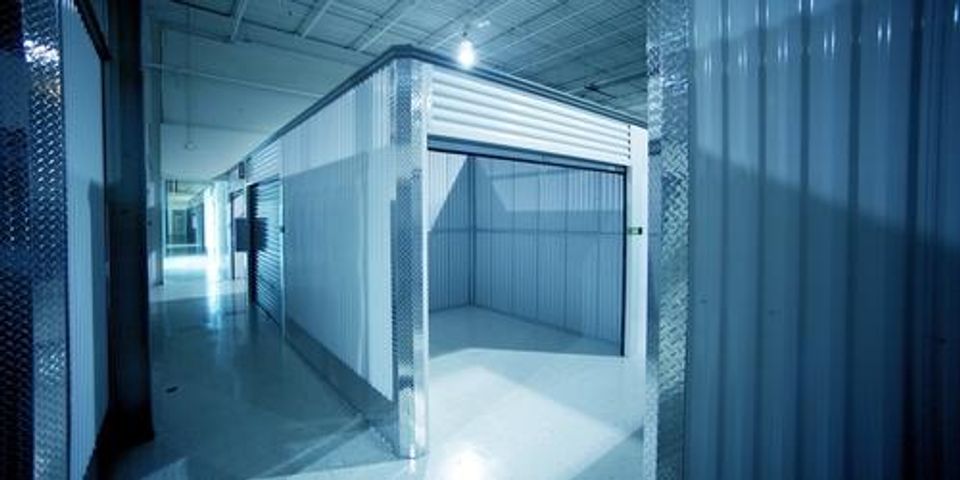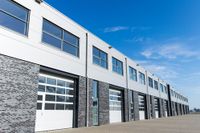Should I Use a Climate-Controlled Warehouse?

When you think of climate-controlled storage, you may automatically think of food products that need refrigeration. However, several other goods need a climate-controlled warehouse to remain in optimum condition. Whether you’re looking to store a few personal possessions or thousands of inventory items, here’s what you should know about cold storage.
Your Guide to Climate-Controlled Warehouses
1. What Does Climate Control Mean?
It is essentially a warehouse or storage space in which temperature and humidity levels are kept low with high-quality ventilation systems, thermostats, and dehumidifiers. The facilities are often well-insulated and specially designed to keep out air, controlling the climate better.
2. How Is It Better?
Moisture and heat are two highly destructive elements. While you may think it’s acceptable to tightly pack your items in a regular store facility, even the smallest amount of moisture can seep through the packaging. Consider storing your items in a climate-controlled warehouse so you don’t have to worry about ruined goods.
3. What Items Can I Store There?
You can store paper items such as magazines, photos, or books, as they turn a yellowish hue if exposed to light or warm temperatures. You can also keep canvas artwork in a climate-controlled warehouse to help prevent mildew. Fabrics such as furniture upholstery or clothes are also welcoming hosts for mold growth. Other materials such as wood, metals, or electronics are prone to breakage or corrosion, and wine is best stored in a controlled environment, as it is sensitive to both humidity and dry air.
Unicold Corporation is the largest refrigerated warehouse in Hawaii. They have locations in Nawiliwili, Kawaihae, Kahului, and Hilo, and they also serve California and Washington. Opt for the best in frozen food freight and refrigerated storage by calling them today at (323) 585-5111. You can also visit their website for more information.
About the Business
Have a question? Ask the experts!
Send your question

